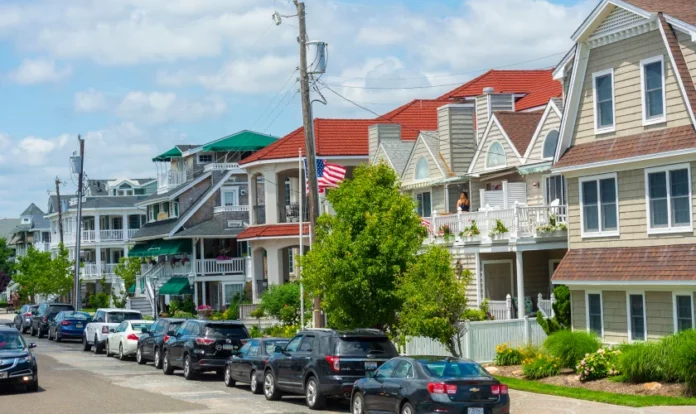FOR IMMEDIATE RELEASE
The National Association of REALTORS® (NAR) has released its latest quarterly report, revealing a significant surge in home prices in more than 80% of metropolitan markets during the third quarter of 2023. According to the report, out of 221 tracked metro areas, 182 experienced home price gains. Notably, 11% of these metros saw double-digit price increases, a notable increase from 5% in the second quarter.
NAR Chief Economist Lawrence Yun highlighted the remarkable accumulation of wealth among homeowners, with the typical homeowner gaining over $100,000 in overall net worth since 2019. However, Yun emphasized that the persistent lack of available homes on the market poses a challenge, making homeownership increasingly difficult for younger adults unless the housing supply is significantly boosted.
RELATED: A Zillow Report Analysis: Florida Overtakes New York in Real Estate Housing Market
Key Findings:
- The national median single-family existing-home price increased by 2.2% year-over-year to $406,900 in the third quarter. This marks a recovery from the 2.4% decline in the previous quarter.
- The South dominated with 46% of single-family existing-home sales, experiencing a year-over-year price appreciation of 1.7%. Prices also grew 5.3% in the Northeast, 5.2% in the Midwest, and 0.6% in the West.
- Some larger metros experienced declines in prices, including Austin, Phoenix, Salt Lake City, Dallas, and Houston. Conversely, markets such as San Jose, Anaheim, San Diego, Boston, and Miami reported notable price increases.
- The top 10 metro areas with the largest year-over-year price increases recorded gains of at least 12.6%, with six of those markets in the Midwest.
- Eight out of the highest-priced 10 markets in the United States were in California, with San Jose-Sunnyvale-Santa Clara topping the list at $1,850,000, up 9.6%.
Lawrence Yun noted, “Following the big price changes during the last several years, it’s natural to witness momentary swings in prices.” Yun emphasized that some markets experienced temporary relief for prospective homebuyers, while others in the West that faced price declines in the prior quarter have seen prices rise again.
RELATED: Navigating the New Normal: Comprehensive Insights into Post-Pandemic Real Estate Trends
Housing Affordability and Market Impact:
- Less than one-fifth of markets (17%; 38 out of 221) experienced home price declines in the third quarter, down from 41% in the second quarter.
- Housing affordability worsened in the third quarter due to increasing home prices and mortgage rates. The monthly mortgage payment on a typical existing single-family home with a 20% down payment was $2,192, up 7% from the second quarter and 19.2% from one year ago.
- On average, families allocated 26.8% of their income to mortgage payments, reflecting an increase from 25.3% in the previous quarter and 23.5% one year ago.
- Lack of inventory and affordability continued to impact first-time buyers during the third quarter, with a typical starter home valued at $345,900 experiencing a 6.9% increase in monthly mortgage payments.
Lawrence Yun concluded, “With consumer inflation becoming more manageable, the Federal Reserve needs to consider cutting interest rates. In turn, Congress must consider incentives to boost housing supply and inventory so that more Americans can participate in wealth accumulation.”














